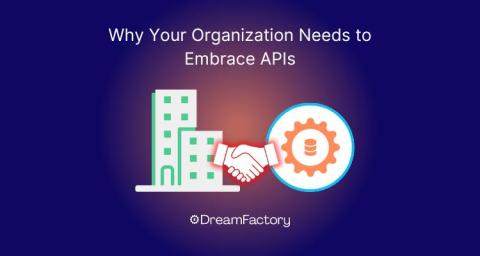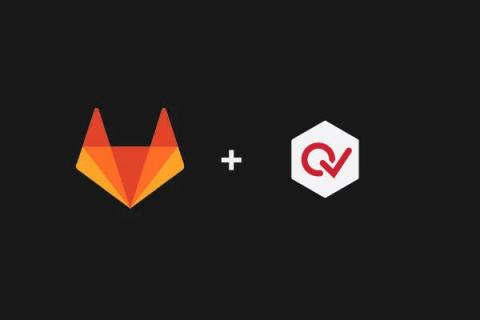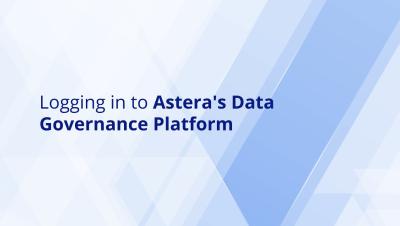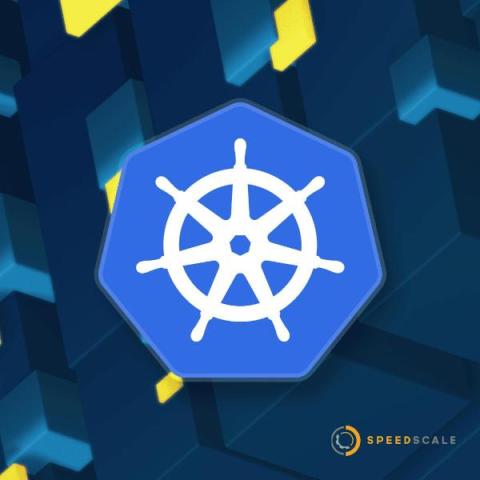Why Your Organization Needs to Embrace APIs
Like most organizations today, you’re probably looking to optimize your business model through increased technology adoption. The more successful digital transformation projects look at changing business trends and seek to incorporate those trends within their own specific environment. Similarly, as API technology grows, promising new functionalities and integrations, enterprises should aim to embrace the utility of APIs within their wider technology strategy.











